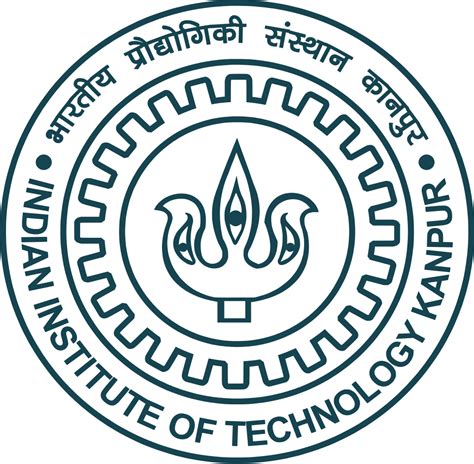Thesis Abstract
Discerning the Effects of Thermal Nonlinearity in Optical Trapping
In a typical optical trap, light pressure from a tightly focused laser beam is
used to trap nano-sized & microscopic particles. It has found a large number of
applications in biology, physics and other fields. Typical single beam optical
tweezers use CW lasers. Here we present the principles of optical tweezers using
a high repetition rate Femtosecond laser beam. We use the principle that the
high peak power of each laser pulse is enough to provide an instantaneous
trapping potential while the high repetition rate ensures the sustained stable
trapping from the successive pulses. Since high peak powers are involved, the
nonlinear optical effect becomes much more significant for femtosecond optical
trapping. Consequently, trapping of spherical beads is analysed using the
additional nonlinear effect for the femtosecond laser case and is compared with
CW trapping. Numerical modelling is used to find the feasibility of femtosecond
laser tweezers and calculating the induced forces on the nanometer size
spherical particle. This model can be used to evaluate the stability of optical
traps under a variety of different conditions like power, beam parameters,
Wavelength, beam waist etc. for the particles in Rayleigh Regime, Lorenz Mie
Regime, And the Ray Optics Regime so that the simulated results can be
correlated to the experimental results.
Contact me to know my current interests.



